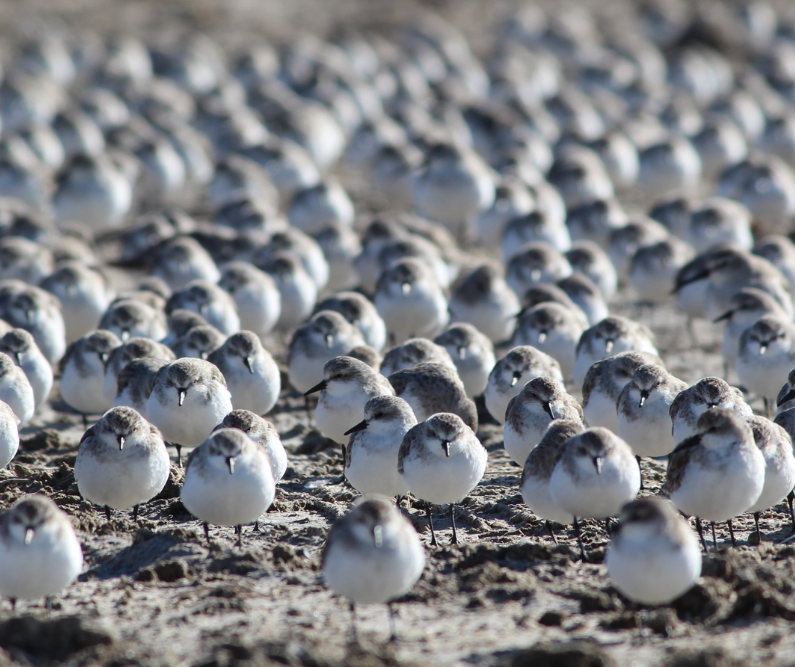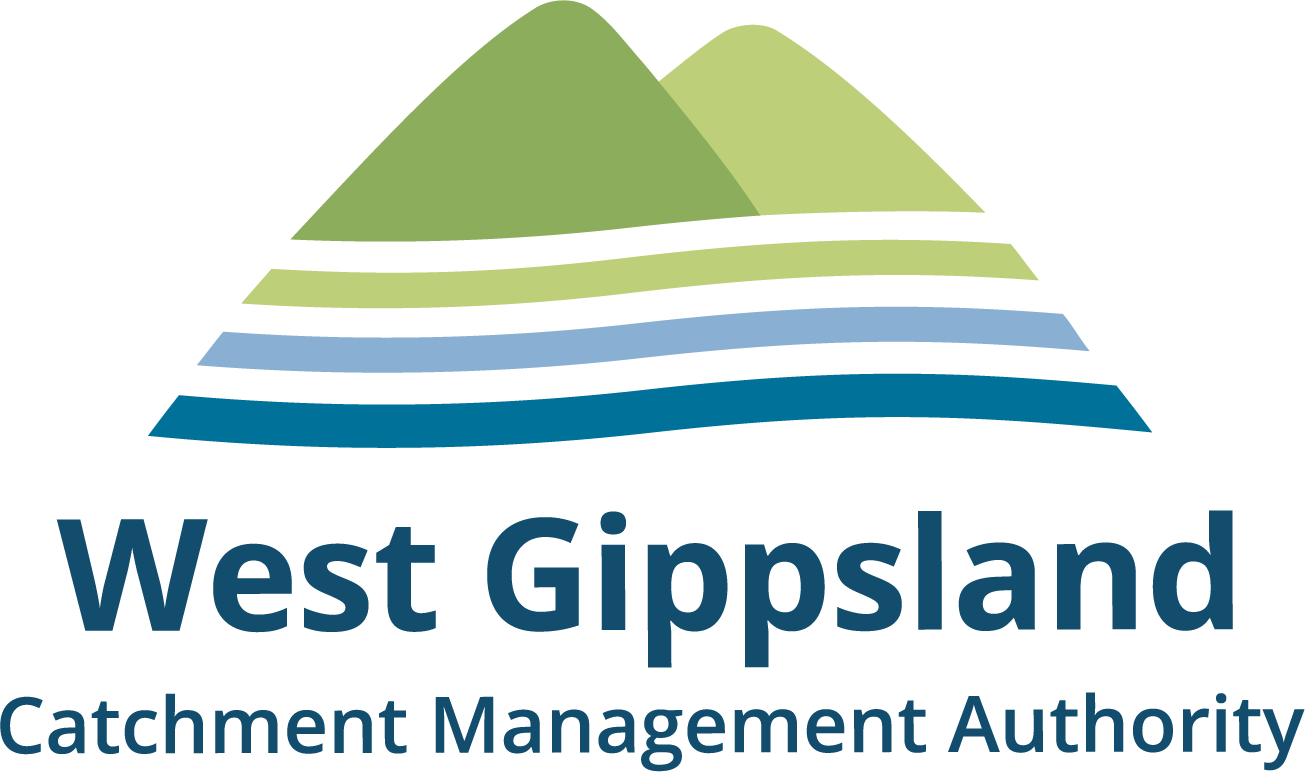On International Migratory Bird Day this Saturday 14 May, West Gippsland Catchment Management Authority (WGCMA) celebrates the thousands of migratory birds set for take off on their annual migration and asks people to consider switching off their lights to assist these globetrotting birds’ travels.
Light pollution is the chosen theme for the 2022 event with the organising committee stating that the amount of artificial light on the earth’s surface is increasing by at least 2 percent each year, contributing to the death of millions of birds from collisions. Excessive artificial light at night can disorient birds during their migration, leading to fatal collisions with illuminated buildings, communication towers, and other brightly lit structures.
Light pollution can also impact on the timing of migration and other seasonal behaviours by disrupting of birds’ biological clocks. In summary, the committee notes that natural darkness has conservation value in the same way as clean water, air and soil, and should be protected.
“We are lucky that the West Gippsland catchments that support migratory birds, such as Corner Inlet, are away from city lights and are protected through international conventions and programs run by WGCMA and partners,” said Tanya Cowell, Waterways Project Officer for WGCMA.
“Switching off unnecessary lighting to save power and reduce light pollution for wildlife is one simple way we can all help to protect these birds.”
“Corner Inlet is an internationally renowned wetland and important haven for migratory shorebirds that travel incredible distances each year. A favourite of mine is the Red-necked Stint which feeds in Corner Inlet. They are just the size and weight of a matchbox, yet fly thousands of kilometres to nest in the Siberian tundra, before turning around six months later to migrate south once again.”
“Corner Inlet is an internationally renowned wetland and important haven for migratory shorebirds that travel incredible distances each year. A favourite of mine is the Red-necked Stint which feeds in Corner Inlet. They are just the size and weight of a matchbox, yet fly thousands of kilometres to nest in the Siberian tundra, before turning around six months later to migrate south once again.” Corner Inlet became an internationally renowned wetland through the Ramsar convention in 1982. The inlet’s extensive intertidal mudflats provide food for migratory species such as the tiny Red-necked Stint and much larger and critically endangered Eastern Curlew. WGCMA continues to work with partners to protect this special area.




